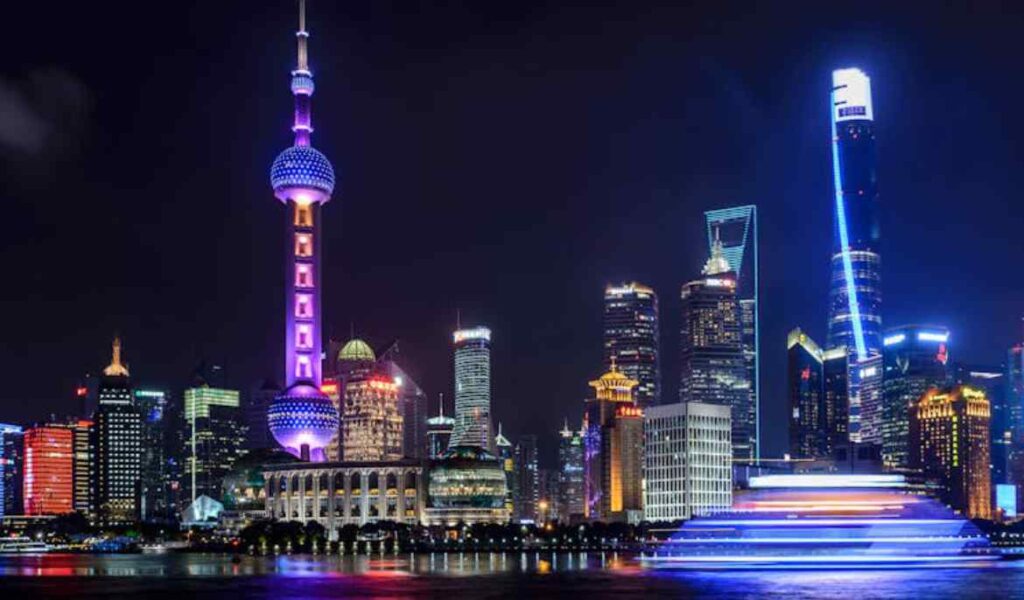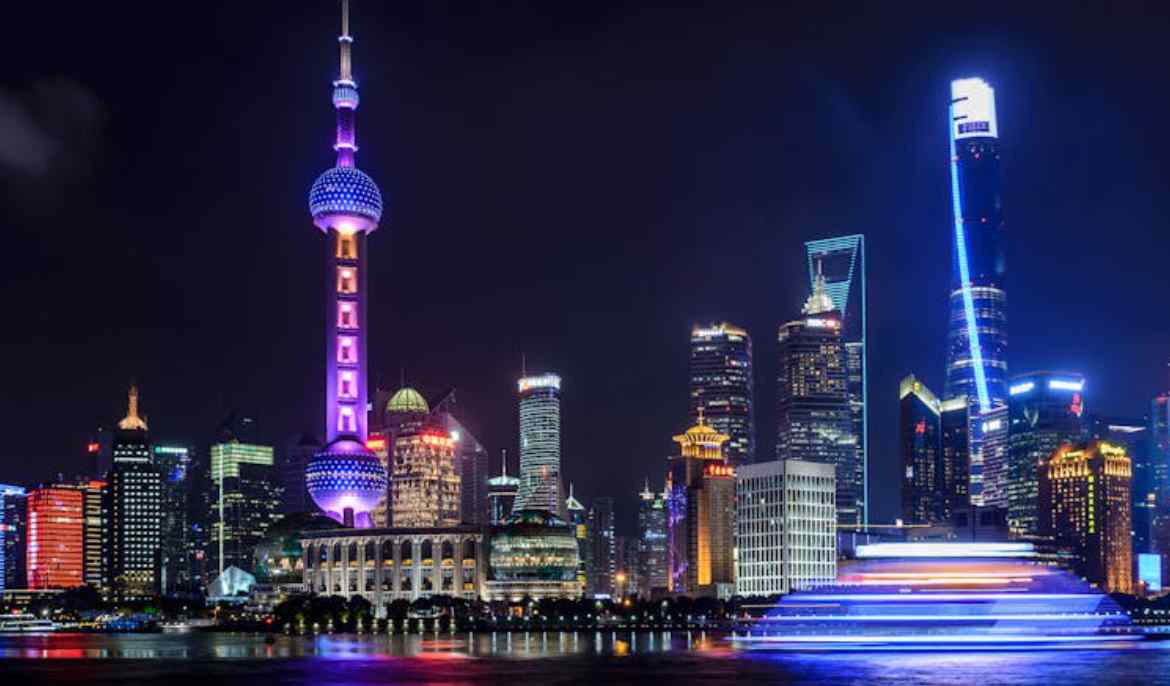Asia’s tourism industry is entering a transformative phase in 2025, with nations like China, Singapore, Indonesia, Thailand, Laos, Vietnam, Cambodia, and Sri Lanka leading the charge. With strategic initiatives that highlight cultural heritage, eco-tourism, and sustainable practices, these countries are shaping the future of global travel and tourism.
China: The Gateway to Asia
China remains a dominant player in Asia’s tourism scene, leveraging its rich cultural heritage and modern advancements. Initiatives in 2025 focus on:
- Cultural Tourism: Cities like Beijing and Xi’an offer immersive experiences, including restored historical sites and interactive museums.
- High-Speed Rail Connectivity: Expanding bullet train networks connect major tourist destinations, offering seamless travel experiences.
- Eco-Tourism: Provinces like Yunnan and Sichuan prioritize eco-friendly lodges and conservation tours.
China’s Belt and Road Initiative also promotes cross-border tourism by fostering partnerships with neighboring countries, enhancing regional tourism opportunities.
Singapore: A Model for Sustainable Tourism
Singapore’s approach to tourism in 2025 emphasizes innovation and sustainability:
- Green Urban Tourism: Iconic sites like Gardens by the Bay integrate eco-friendly practices.
- Technology-Driven Experiences: AI-powered travel apps and virtual reality tours enhance visitor engagement.
- Culinary Tourism: Festivals and food trails celebrate Singapore’s multicultural cuisine, attracting global food enthusiasts.
The city-state’s commitment to sustainability sets an example for the region, blending luxury with eco-consciousness.
Indonesia: Nature and Adventure Tourism
Indonesia capitalizes on its natural beauty, drawing eco-conscious and adventure-seeking travelers. Key strategies include:
- Marine Tourism: Bali and Raja Ampat promote sustainable diving and coral reef conservation.
- Volcano Trekking: Destinations like Mount Bromo and Komodo National Park attract thrill-seekers.
- Cultural Immersion: Festivals in Yogyakarta and Ubud showcase Indonesia’s artistic traditions.
The government’s investment in digital marketing highlights lesser-known destinations, diversifying tourist inflow.
Thailand: A Cultural and Wellness Hub
Thailand’s tourism strategies in 2025 focus on its cultural richness and wellness industry:
- Heritage Preservation: Restored temples and heritage walks in cities like Ayutthaya draw history enthusiasts.
- Medical and Wellness Tourism: Bangkok and Chiang Mai offer premium wellness retreats and medical services.
- Festival Tourism: Events like Songkran and Loy Krathong provide immersive cultural experiences.
Thailand’s “Amazing Thailand” campaign promotes sustainable tourism, ensuring its growth aligns with environmental goals.
Laos and Vietnam: Rising Stars
Laos and Vietnam are emerging as significant players in Asia’s tourism landscape:
- Laos: Highlights include the Mekong River’s eco-tours and cultural experiences in Luang Prabang.
- Vietnam: Popular for its blend of natural beauty and historical sites, such as Ha Long Bay and Hoi An, Vietnam focuses on sustainable tourism and local community engagement.
Both countries prioritize infrastructure development to enhance accessibility while preserving their cultural and natural heritage.
Cambodia: A Focus on Heritage and Community Tourism
Cambodia’s Angkor Wat remains a cornerstone of its tourism industry, but 2025 brings diversified strategies:
- Community-Based Tourism: Projects in rural areas promote local craftsmanship and authentic cultural experiences.
- Heritage Conservation: Partnerships with UNESCO ensure the preservation of historical sites.
- Eco-Tourism: National parks and river cruises offer eco-friendly travel options.
Sri Lanka: Resilient and Reinvigorated
Sri Lanka’s tourism recovery efforts in 2025 focus on:
- Wildlife Safaris: Parks like Yala and Udawalawe attract nature enthusiasts.
- Tea Tourism: The hill country’s tea estates provide picturesque and educational experiences.
- Cultural Events: Festivals celebrating Buddhist traditions and local arts enhance cultural tourism.
Regional Collaboration and the ASEAN Advantage
Regional cooperation plays a crucial role in boosting Asia’s tourism. ASEAN’s unified strategies, such as visa-free travel agreements and joint marketing campaigns, facilitate seamless cross-border experiences. Collaborative efforts emphasize sustainable development and community-based tourism, ensuring long-term growth.
Conclusion: The Road Ahead for Asia’s Tourism
In 2025, Asia’s tourism industry stands as a testament to innovation, resilience, and cultural pride. Through strategic initiatives, regional collaboration, and a commitment to sustainability, countries like China, Singapore, Indonesia, and their neighbors are setting benchmarks for global tourism. Travelers can look forward to unforgettable experiences rooted in tradition and shaped by modern advancements, as Asia solidifies its position as a top global destination.



